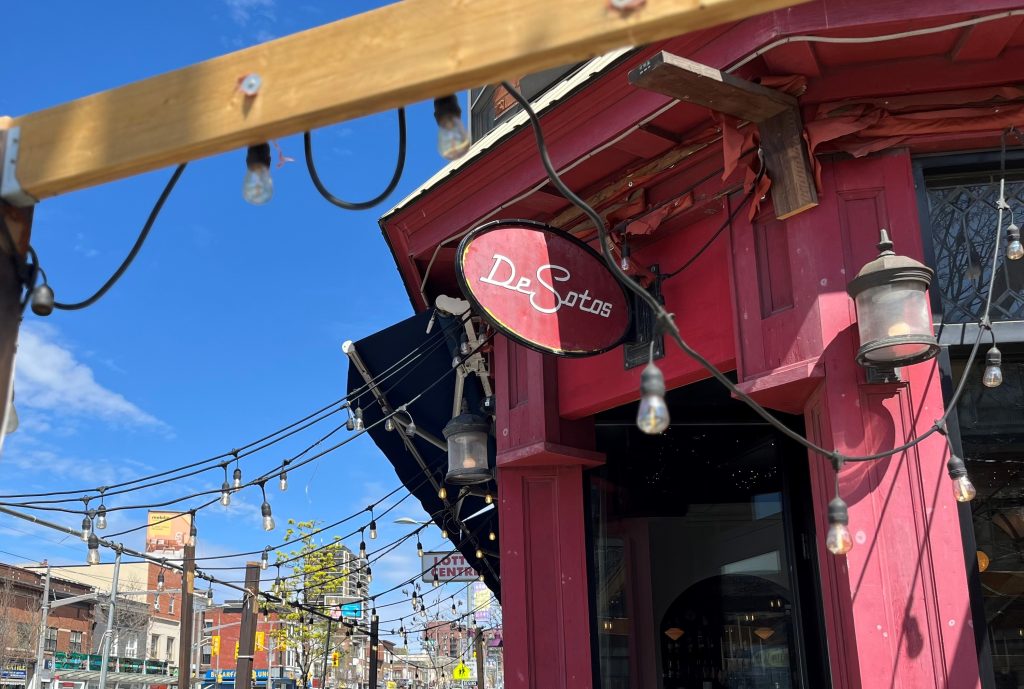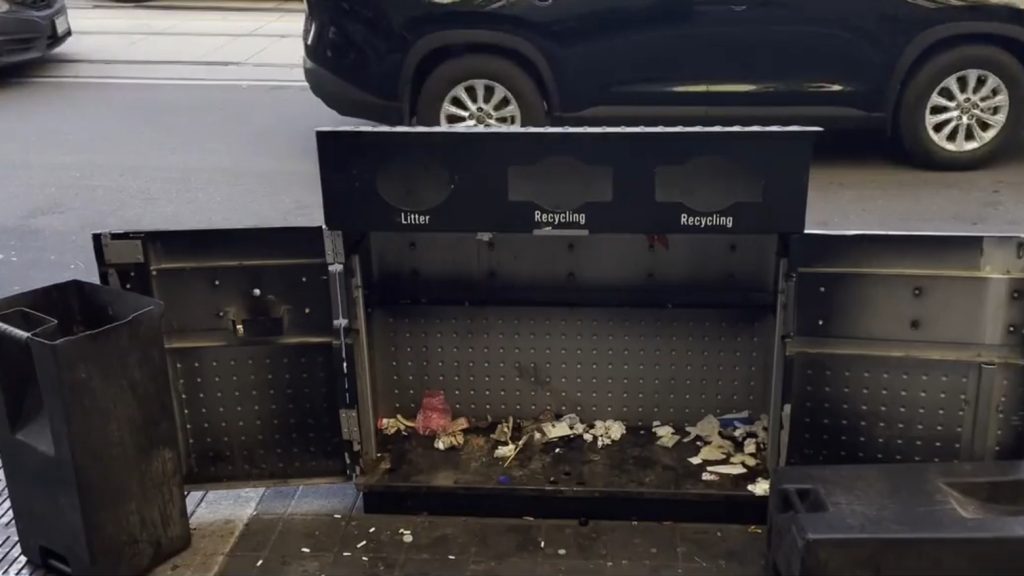Cenovus CEO says company keen to send crude to Saint John for export
Posted February 14, 2013 5:45 pm.
This article is more than 5 years old.
CALGARY – Cenovus Energy Inc. is keen on a TransCanada Corp. proposal to ship crude eastward, especially if the pipeline stretches all the way to the Atlantic Ocean, the CEO of the Calgary-based oil company said Thursday.
“We would be interested in going all the way to Saint John,” Brian Ferguson said in an interview.
TransCanada (TSX:TRP) says it’s economically and technically feasible to convert a portion of its part-empty natural gas mainline to oil service. That line stops at the Quebec-Vermont border, so new pipe would have to be built to connect to Saint John, home to Canada’s largest oil refinery and a large deep-water port.
TransCanada aims to formally gauge shipper interest in an open season later this year. Don Swystun, executive vice-president of refining, marketing, transportation and development, said Cenovus (TSX:CVE) intends to take part.
“We believe it is very important for the country… to move volumes to export off the east coast as well as to Quebec for refineries there,” Swystun said on a conference call with analysts.
The TransCanada pipeline could ship between 500,000 and one million barrels of crude per day.
Cenovus is less interested in feeding the Irving Oil refinery in Saint John than it is accessing tidewater, so that crude can be sent by tankers to lucrative markets around the world.
Currently, the crude Cenovus and its peers produce is landlocked. Burgeoning supplies have led to a glut, depressing its price against other benchmarks. Accessing global markets is seen as a key solution to easing those bottlenecks.
“The capacity of the pipeline is far in excess of the Irving refinery size so the key is to get to a deep water port and be able to put production onto tankers and acess international markets,” said Ferguson.
“There would certainly be volumes that would go to the Irving refinery, but it would be an export point.”
Ferguson said Cenovus foresees being able to move both its oilsands and light crude east.
“The plan is to be able to access tidewater and tankers and move volumes either down to the U.S. Gulf Coast or to Asia or to Europe from Saint John.”
On the call, Ferguson said Cenovus can “power through” its new oilsands projects even though the company, like most Alberta crude producers, is getting a steep discount for its oil.
Operating costs at its oilsands operations are low enough that it can turn a good profit even if the differential — the price gap between heavy Alberta crude and the U.S. benchmark — persists.
The differential between Western Canada Select, the Canadian heavy benchmark, and West Texas Intermediate, the U.S. light benchmark, averaged US$30.37 per barrel in December, compared to US$11.72 a year earlier.
A lower WCS price is not unusual, given the fact that it’s of lower quality and further away from market. But with the differential stretching as wide as US$40 in recent months, there have been concerns about future growth in the oilpatch and what that means for government royalty and tax revenues.
The differential for March is narrower, at around US$26.
Cenovus is also an “integrated” company, meaning that in addition to drawing oil out of the ground, it has interests in refineries that process the crude into higher-value fuel products.
When those refineries are fed with cheaper oil, their costs go down, essentially offsetting the damage the lower prices do to the upstream, or production, side of the business.
Cenovus says it takes a “portfolio” approach to getting its product to market.
The fate of TransCanada Corp.’s (TSX:TRP) Keystone XL pipeline, connecting Alberta crude to the heavy oil-thirsty U.S. Gulf Coast, is currently in the hands of new Secretary of State John Kerry. The project is the target of fierce environmental opposition, and it’s not clear whether the Obama administration is willing to anger elements of its Democratic base and allow the pipeline to go ahead.
“We are in no way betting all of our eggs in one basket on Keystone XL,” said Ferguson.
Proposals to get Alberta crude to the west coast for export to Asia, such as Enbridge Inc.’s Northern Gateway and Kinder Morgan’s Trans Mountain expansion, are also far from certain, amid environmental concerns within British Columbia.
Swystun said about 40,000 barrels of per day of Cenovus production can access tidewater.
About 11,500 Cenovus barrels flow along the existing 300,000 Trans Mountain pipeline to the B.C. Lower Mainland and Washington State. A small fraction of that goes to Asia.
Another 20,000 travel to the Gulf Coast through ExxonMobil’s Pegasus pipeline.
Some 6,000 barrels a day move by rail, and Cenovus sees that growing to 10,000 this year. Small volumes are also moving by barge through third-party agreements.
Between Northern Gateway and the Trans Mountain expansion, Cenovus has committed to ship 175,000 barrels of oil per day to the west coast.
It has signed up to ship another 150,000 barrels per day to the Gulf between Keystone XL and Enbridge Gulf Coast access projects.
Earlier Thursday, Cenovus said it recorded net and operating losses in the fourth quarter as well as an 18 per cent drop in cash flow compared with the year-earlier period.
The company had a net loss of $118 million or 16 cents per share, a big turnaround from the year-earlier profit of $266 million or 35 cents per share.
It also had an operating loss of $189 million or 25 cents per share, compared with the profit of $332 million or 44 cents per share in the fourth quarter of 2011.
Cash flow fell to $697 million or 92 cents per share, down from $851 million or $1.12 per share.
Cenovus shares fell 2.5 per cent to $31.79 on the Toronto Stock Exchange.










